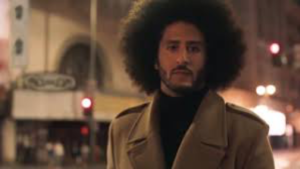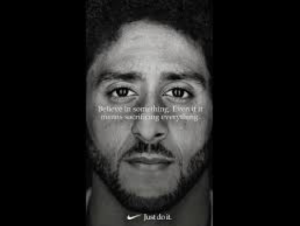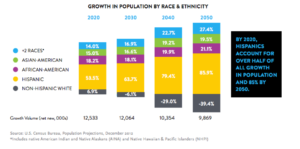I have to say, to this day Nike’s advertisement featuring Colin Kaepernick gives me goosebumps. It speaks to me. It inspires me. Not merely because of what Kaepernick represents and his journey, but the determination and celebration of the diverse set of uniquely challenged and accomplished athletes. The ad celebrates a girl from Compton and the greatest athlete ever; an Iron Man champion and cancer survivor; a refugee and a National Team soccer player, and many more. Athletes who dared to dream the “impossible” yet achieved the ultimate. The simple yet unforgettable tagline expresses what we all wish we could and should do – “Dream Crazy. ” No matter the cost.
All politics and personal views aside, the campaign is home run. I genuinely believe the campaign is a marketing and advertising industry envy. Nike was able to accomplish what diverse marketers at Fortune 500 companies can only dream of. Connect on a level that hits home with their target consumers. It was a risk, yet it paid off. Even Nike had its reservations after launch, yet soon was richly rewarded with the company’s stock reaching an all-time high. A successful Kaepernick partnership and soaring business profits continue to this day.
The ad created a social media frenzy among consumers across the United States, positive and negative. Even the U.S. President weighed in on the controversy. I understand how the ad was capable of evoking such strong emotion among so many. However, from a marketing communications lens, I immediately recognized its power and its target audience.
Many wondered why an iconic, global brand like Nike would risk isolating one set of consumers in favor of another. Also, what would motivate Nike to collaborate with such a polarizing figure? All creative and aspirational motivations aside, it turns out, it makes business sense. After Nike’s marketing research and strategy were leaked online, it’s evident the brand’s consumer sweet spot is with the diverse consumer. African Americans, Hispanics, and Asians represent a significant portion of their customer base. The segments are also ideologically aligned with Kaepernick’s message. For the diverse consumer like myself on the receiving end, it was clear. Nike wants my business and the brand knew exactly how to connect with me and my professional, social and family circles. We are their future diverse consumers.
The U.S. landscape is changing, and so is the marketplace. According to Nielsen, by the year 2030, multicultural Americans will represent more than half the population and hit 54% by the year 2060. Businesses must adjust their strategies to effectively target a wider set of consumers. Long-term business growth and returns for shareholders for large, leading U.S. brands depend on it. For Nike, it’s not an option, it’s a business imperative to engage the U.S. multicultural consumer.





12 Responses to Multicultural Marketing Isn’t an Option, It’s a Business Imperative